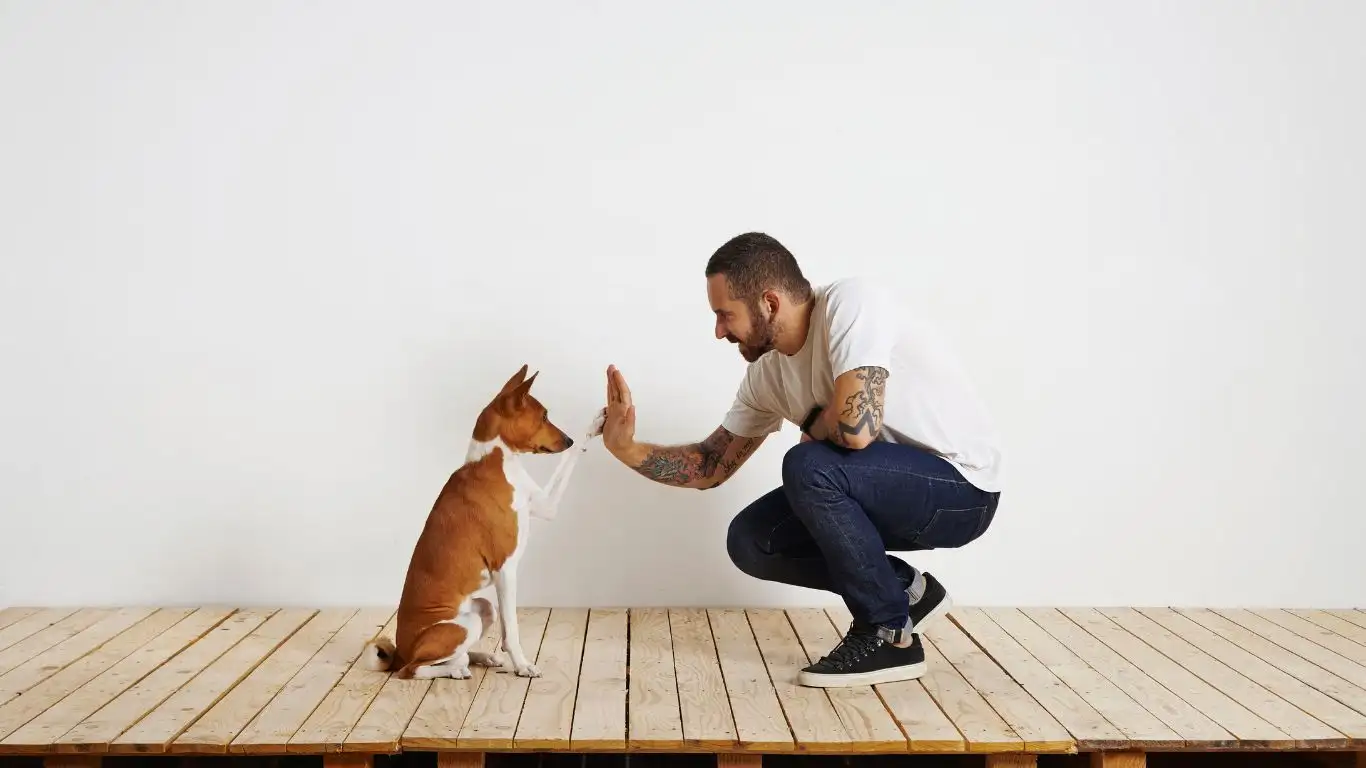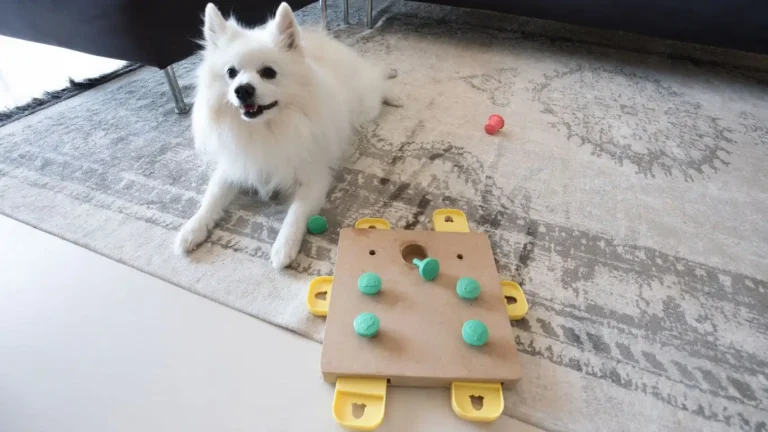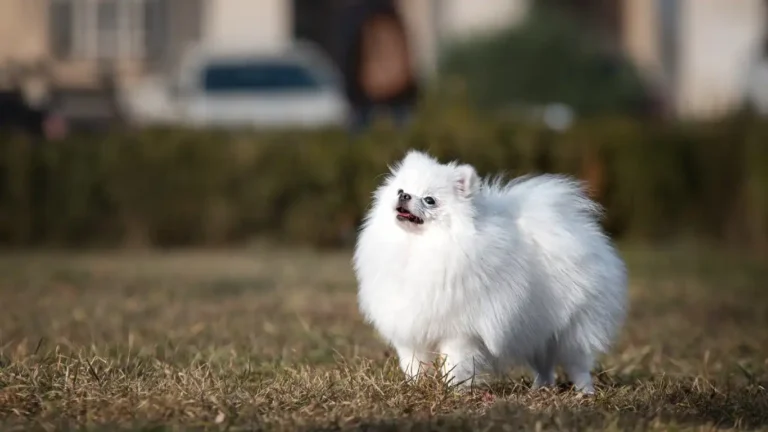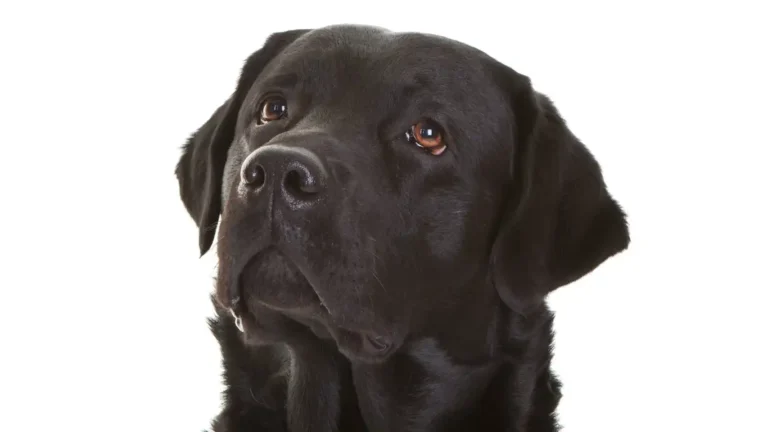How to Train a Dog to Be Calm When Being Carried: Expert Tips for Success
Training a dog to stay calm when being carried can be a game-changer, both for you and your furry friend. As a Canine-Assisted Therapy Trainer, I’ve worked with many dogs who needed to learn how to relax during transportation, whether it’s for vet visits, travel, or just a quick lift for a cuddle. This particular skill is important not only for your dog’s comfort but also for your own peace of mind. In this post, we’ll explore the steps I’ve taken with various dogs to help them stay calm while being carried, from the early training stages to more advanced techniques.
Understanding the Importance of Calmness When Being Carried

First, it’s essential to understand why teaching your dog to remain calm while being carried is so important. Whether you have a small dog or a large breed, carrying your dog can be stressful for them if they’re not accustomed to it. Dogs, just like humans, have a fight or flight response, and if they feel insecure or frightened, they may squirm, bark, or even nip. As a Canine-Assisted Therapy Trainer, I’ve seen how dogs that aren’t properly trained for these situations can develop anxiety, which could lead to negative associations with being handled. This, in turn, makes it even more difficult to carry them in the future.
Calming your dog while being carried not only reduces stress for both of you, but it can also strengthen your bond. By ensuring they feel safe, secure, and comfortable in your arms, you’re showing them that they can trust you, which is key for any therapeutic or everyday relationship.
What You Need Before You Start Training
Before diving into the actual training steps, make sure you have everything you need to create a positive, safe environment for your dog. Here’s a quick list of things that can help:
- Patience: Training takes time. Some dogs may learn quickly, while others need more time to get comfortable.
- Treats: Positive reinforcement is key, so have your dog’s favorite treats ready to reward them for their progress.
- Calm Environment: Ensure that your training environment is quiet and free from distractions.
- Comfortable Carrier or Handling Area: If you’re training your dog to get used to being carried in a specific carrier or method, make sure it’s comfortable and safe.
Start with Building Trust and Comfort
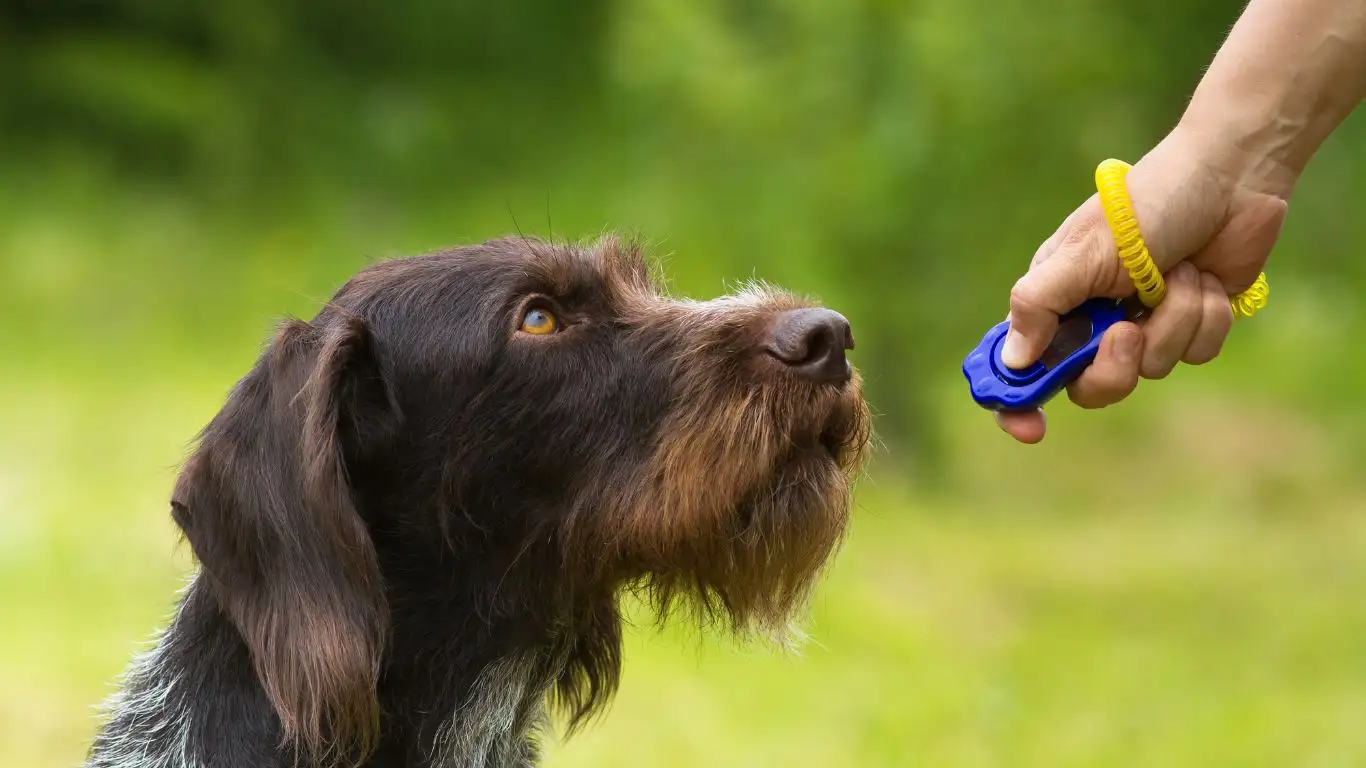
One of the first things you should do when training your dog to be calm when carried is to establish a foundation of trust and comfort. This process can be simple but incredibly effective. It’s important to let your dog get used to your touch and proximity, especially if they aren’t used to being handled much. Remember, dogs are creatures of habit, and the more positive associations they have with being held, the easier it will be to train them to stay calm.
In my experience, the best approach is to start small. Begin by gently petting your dog while they are in a relaxed state. This will help them associate your touch with something calm and soothing. You can even pair petting with a calming word or phrase, like “easy” or “calm,” to start building a verbal cue that they will recognize later on. This helps create a foundation for the physical and emotional connection you want to develop.
Introducing the Carrying Motion Gradually
Once your dog is comfortable with your touch, it’s time to introduce the idea of being lifted. But don’t rush it! Start by gently lifting them just a few inches off the ground. This step is crucial because it allows them to get used to the sensation of being elevated without feeling overwhelmed. You can gradually increase the height over time, ensuring that your dog feels safe and calm throughout the process.
As you lift your dog, be sure to support their body fully, especially their chest and hindquarters, so they feel secure. Some dogs, especially smaller breeds, may feel vulnerable when being carried, so proper support is essential. Keep the lift short and sweet to avoid unnecessary stress. Reward them with praise and treats when they remain calm during the process. The more positive reinforcement they get, the more likely they are to remain calm the next time you try.
Reinforcing Calmness with Positive Reinforcement

As you continue to practice, reinforcing calm behavior with positive reinforcement is key. Dogs thrive on rewards, and when they associate being carried with something positive, they’re more likely to remain calm. This can be anything from verbal praise like “Good job!” to tasty treats or their favorite toy. In my work as a Canine-Assisted Therapy Trainer, I’ve found that dogs respond really well to consistency, so make sure to reward them each time they stay calm.
If you notice that your dog becomes anxious or restless, try to keep the training session short and low-pressure. It’s better to end on a positive note and give your dog some time to relax before trying again. You’ll also want to mix up the rewards so that your dog doesn’t become too reliant on one type of reinforcement. For example, occasionally giving them a long cuddle session or a quick playtime with their favorite toy can help keep them motivated.
Using the Right Body Language
Another often overlooked aspect of training is your own body language. Dogs are highly sensitive to nonverbal cues, and the way you carry yourself can impact your dog’s comfort level. When you’re handling your dog, try to remain calm and gentle. Avoid sudden movements that could startle them, and speak in a soothing tone to let them know everything is okay. The more relaxed you are, the more likely your dog will mirror that behavior.
Gradually Increasing the Duration of Carrying
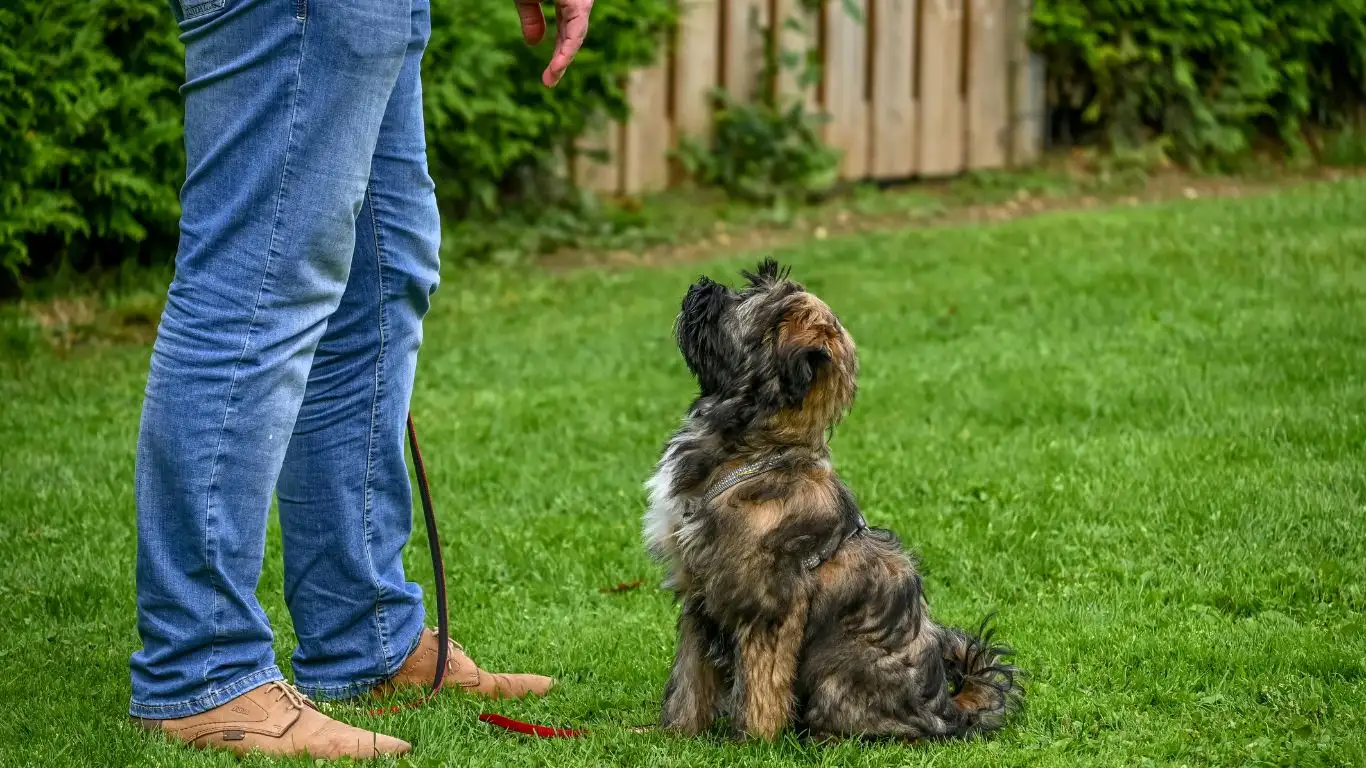
Once your dog is comfortable with being lifted and held for a short amount of time, the next step is to gradually increase the duration they’re carried. This is a crucial phase, as it will help your dog build stamina and confidence in being held without getting anxious. When I work with dogs in my therapy training sessions, this is where consistency and patience come into play. Start by holding your dog for just a few seconds longer each time, ensuring they remain calm and relaxed during the entire process.
During these sessions, I recommend keeping the atmosphere calm and quiet. Avoid loud noises or sudden distractions that might make your dog uneasy. When your dog begins to get fidgety or uncomfortable, that’s a signal to stop and try again later. It’s important not to push them too far, too fast. If you keep increasing the duration gradually, your dog will eventually get used to longer periods of being held and will learn to relax during these times. Remember, the goal here is to build positive associations and confidence, not force them into a situation where they feel overwhelmed.
Introducing Movement While Carrying
Now that your dog is comfortable with being held and the duration of the carry has increased, it’s time to add some movement into the mix. This step is especially helpful for dogs who need to get used to being carried during daily activities, like traveling to the vet or simply moving from one area to another. When I start training dogs for this part, I keep it simple by walking around slowly while carrying them. This teaches your dog that movement while being held is just as safe as standing still.
During the first few attempts, I recommend starting with very short walks. Gradually, you can increase the distance and even introduce more challenging environments, such as different rooms in the house or your backyard. It’s important to keep the pace slow and steady, allowing your dog to feel secure. When your dog begins to show signs of relaxation, such as lying still or resting their head against you, that’s a good sign they’re comfortable with the movement.
Handling Anxiety and Fear During the Training Process

Even with the best training techniques, some dogs may still experience anxiety or fear during the process. If you notice signs of distress, such as whining, trembling, or excessive squirming, it’s essential to address these feelings calmly. It’s natural for dogs to feel nervous or unsure, especially when they’re not used to being handled in this way. As a Canine-Assisted Therapy Trainer, I always encourage a gentle, non-judgmental approach to these situations. Here are a few methods I’ve found helpful:
- Take a Break: If your dog seems overwhelmed, give them a short break. Let them walk around or lie down for a few minutes to reset. Trying to push through anxiety will only make things worse.
- Use Calming Aids: In some cases, calming sprays, collars, or anxiety wraps can be beneficial. These tools can help your dog feel more secure and reduce anxiety during training sessions.
- Stay Calm and Patient: Dogs are incredibly perceptive to their owners’ emotions, so if you feel stressed, your dog will likely mirror that anxiety. Maintain a calm demeanor and use soothing words to reassure them.
In my experience, taking a step back and adjusting your approach based on your dog’s individual needs can make a huge difference. Some dogs may take longer to build confidence, and that’s okay. Patience is key.
Using Distractions to Improve Focus
Once your dog is consistently staying calm while being carried, you can introduce mild distractions to further test their focus. For example, try carrying them while talking to someone, watching TV, or moving around the house. The goal here is to show your dog that being carried isn’t affected by what’s going on around them. I’ve used this technique in my training to help dogs stay relaxed even when there are other stimuli in the environment.
Start by introducing small distractions, such as a quiet conversation or soft music, while carrying your dog. Over time, you can increase the level of distraction by turning on the TV or talking to someone else in the room. If your dog shows signs of anxiety or starts to squirm, gently calm them down and try again with less distraction. Each time they successfully stay calm despite the distraction, reward them with praise and treats. This helps to reinforce their behavior and shows them that distractions don’t need to be a cause for concern.
Creating a Routine Around Carrying
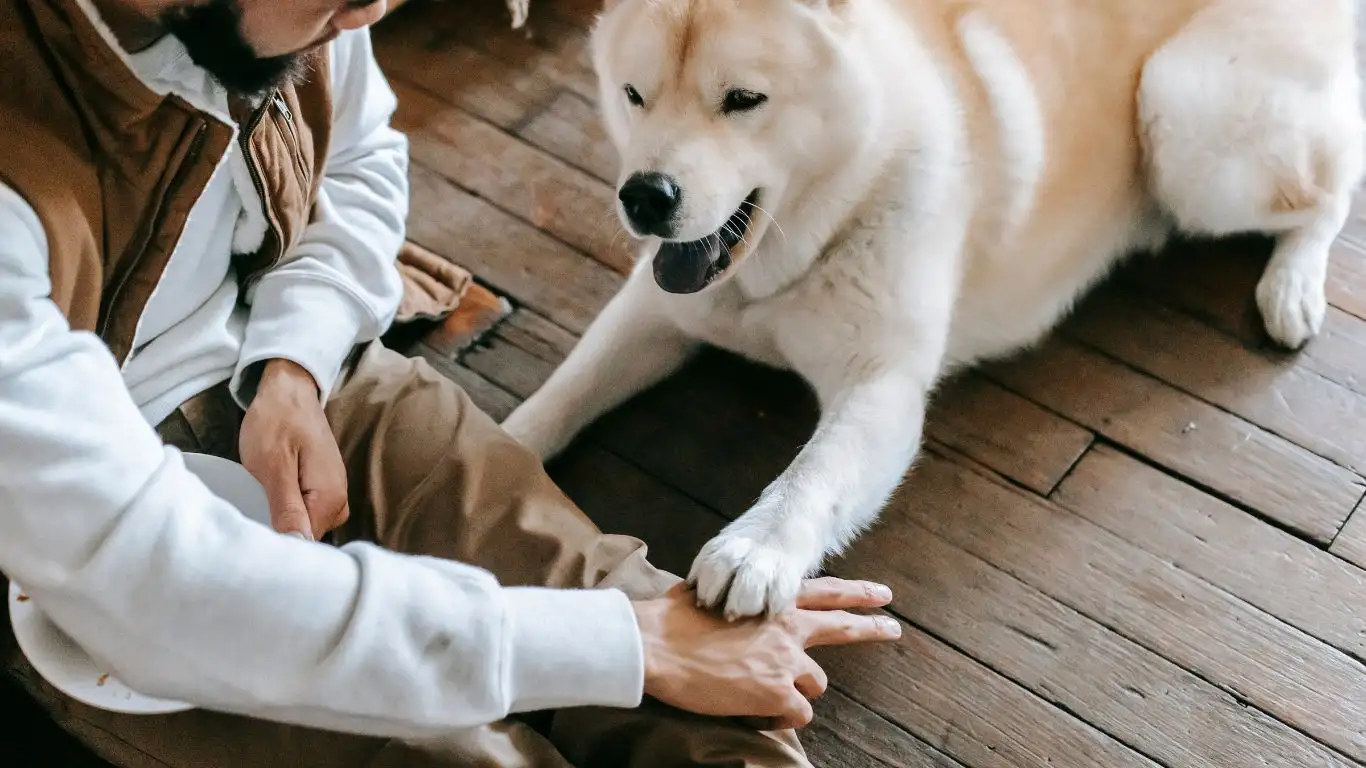
Routine plays a huge role in helping your dog stay calm when being carried. Dogs thrive on structure, and if they know what to expect, they’re less likely to feel anxious or unsure. I always recommend integrating carrying into your dog’s daily routine so they can get used to it as a normal part of life. For example, you could carry your dog to the kitchen for meals, or take them to another room in the house as part of their regular daily activities.
The key here is consistency. Over time, your dog will learn that being carried is just another part of their day, and it will no longer be a source of stress. Make sure to keep the experiences positive, whether it’s through playtime, food rewards, or quiet cuddle time after the session. The more often they experience calmness and comfort while being carried, the more likely it will become a natural behavior for them.
By introducing routine and predictability into your dog’s training, you’ll be setting them up for success. Dogs who are used to routine are often more relaxed and confident in new situations, which will only help them stay calm when being carried in the future.
Common Challenges and How to Overcome Them
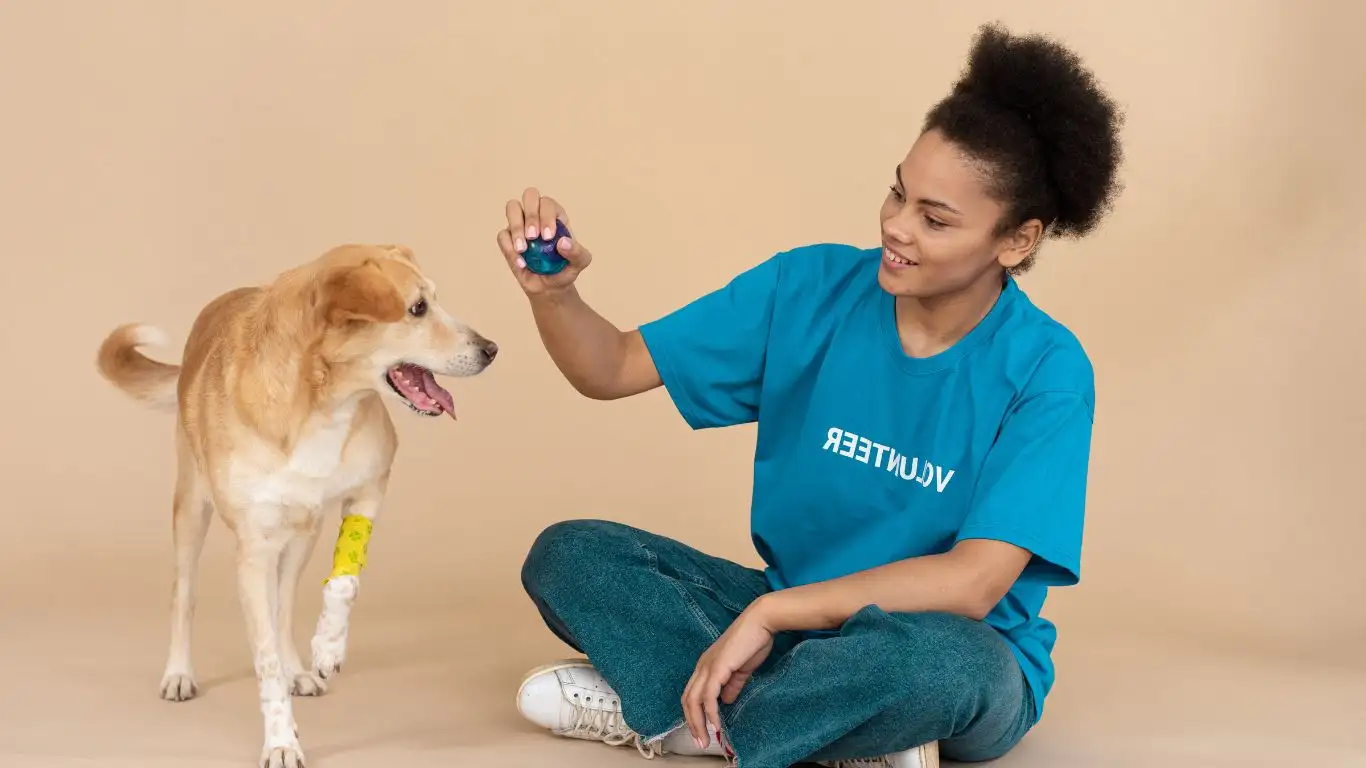
Even with the best techniques, training a dog to stay calm when being carried can present some challenges. It’s not uncommon for dogs to still struggle with this behavior, and as a Canine-Assisted Therapy Trainer, I’ve seen it all. Every dog is different, and what works for one might not work for another. In this section, I’ll cover some common obstacles that you might face during training and how to overcome them.
Dealing with Excessive Anxiety
For some dogs, anxiety can be a major hurdle. If your dog seems to get even more anxious the more you try to carry them, it might be time to slow down and reassess the training approach. Some dogs may have deeper emotional concerns that go beyond simple fear of being held. This could stem from a lack of early socialization or past traumatic experiences.
In these cases, I recommend introducing relaxation techniques to help calm your dog’s mind before continuing with the training. Simple methods like deep breathing exercises (for you!) or calming music can help reduce anxiety. You can also try using calming scents, like lavender or chamomile, known for their soothing properties. I’ve found that these can make a huge difference in helping your dog feel more secure and less stressed during training sessions.
Sometimes, it’s helpful to work with a professional dog behaviorist if your dog’s anxiety doesn’t seem to improve. In these cases, it’s important to be patient and give your dog time to work through their fears. Anxiety can be a long-term issue, but with consistent, positive reinforcement, many dogs can overcome it.
When Your Dog Resists Being Held
If your dog seems adamantly resistant to being carried, it can be frustrating. Maybe they constantly wiggle or cry when you try to pick them up, or maybe they’ve developed a fear of being handled. In situations like this, it’s crucial not to force the situation. I’ve learned that pushing a dog too hard can damage the trust you’ve been building, and that can make the problem worse.
Instead, break the process down into even smaller steps. If your dog is resistant to being lifted, focus on getting them used to sitting next to you or being in your lap for brief moments. Gradually, you can increase the time they spend near you or in your arms without lifting them completely. The key here is to remove any pressure to be held and let your dog come to you on their own terms.
Slow and steady wins the race, as they say. In the case of resistance, I’ve had success with positive distractions like treats or toys. For example, try to distract them with something they really enjoy while gently touching or supporting their body. This helps break the negative associations they might have with being held.
Keeping Up with Consistency and Patience

One of the most important aspects of training any dog to stay calm when being carried is consistency. This isn’t a skill that can be mastered overnight, and the key to success is repetition and patience. I always tell pet owners that training is a marathon, not a sprint. You can’t expect a dog to go from being anxious to calm immediately, but with regular, consistent practice, you’ll see improvement over time.
Each dog is unique, and their comfort levels may vary, so don’t be discouraged if your dog doesn’t progress as quickly as you’d like. Every small step forward is still progress, and it’s important to celebrate those milestones. Some dogs might need a few weeks to get comfortable with the idea of being carried, while others might take a bit longer.
Another thing I always stress is that training should remain a positive experience for both you and your dog. It’s easy to get frustrated when things aren’t moving as quickly as you’d hoped, but dogs can sense that frustration. If you feel stressed, your dog will pick up on that and become stressed as well. So, keep calm, stay positive, and remember to reward every little success.
When to Seek Professional Help
Sometimes, no matter how hard we try, we can’t reach the results we hope for on our own. If you’ve been working with your dog for a while and haven’t seen any progress, it might be time to consider seeking professional help. A professional dog trainer or behaviorist, especially one with experience in Canine-Assisted Therapy, can offer guidance tailored to your dog’s specific needs.
In my experience, having a second set of eyes—someone who can assess the situation from an outsider’s perspective—can be incredibly valuable. A trainer can identify underlying behavioral issues that might be contributing to the anxiety or resistance, and they can recommend specialized training techniques to address those issues.
Working with a professional can also provide you with more tools and strategies to use at home, as well as a structured training plan. Remember, seeking help is not a sign of failure—it’s simply a way to ensure that your dog gets the best possible training experience.
Resources and Further Reading
If you’re looking for more information on training and calming techniques, there are some great resources available. Here are a few reputable sources that offer additional insights on dog behavior and training:
- American Kennel Club (AKC) – Offers tips on dog training, including behavioral issues and calming techniques.
- PetMD – A great resource for pet health and behavior information, with expert advice on calming anxious dogs.
- AKC Expert Advice on Dog Training – Provides helpful articles on basic obedience and advanced behavior training.
- National Institutes of Health (NIH) – Offers studies and information on animal behavior and emotional health.
Disclaimer
While the information provided in this article is based on my professional experience as a Canine-Assisted Therapy Trainer, it is always important to remember that each dog is an individual. The training methods shared here are intended as general advice and may not work for every dog. For persistent or severe behavioral issues, I recommend consulting with a certified dog trainer or veterinary behaviorist to tailor a program specifically suited to your dog’s needs.
